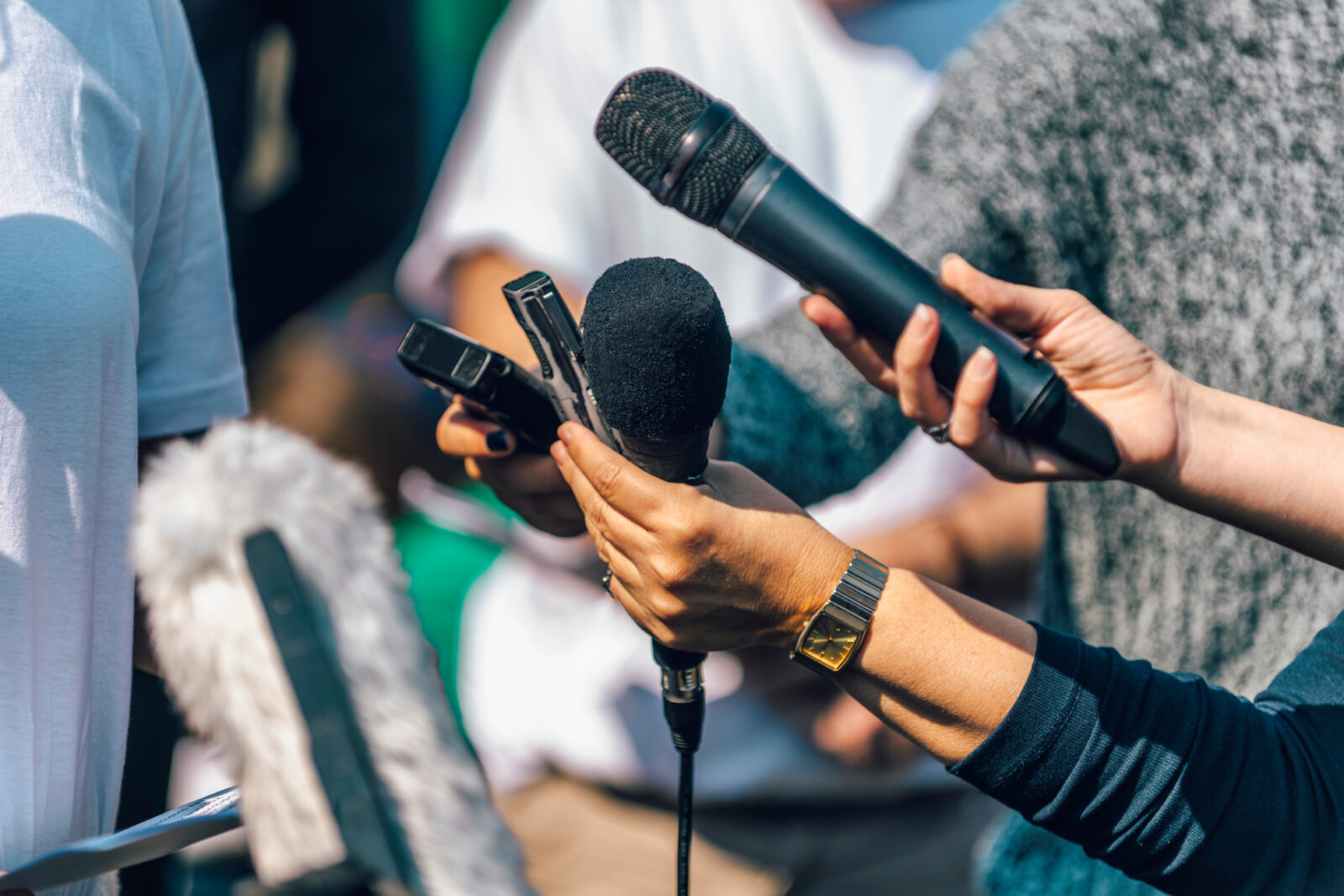Journalism, a Reckoning
Originally published at Creators SyndicateYou know journalism is flailing when Economist columnist James Bennet writes a piece that pretty much blew up his old home. The headline: “When the New York Times lost its way.”
In 2020 when he was the Gray Lady’s editorial-page editor, Bennet became a victim of one of his profession’s too frequent witch hunts. He did his job that way it is supposed to be done and that cost him his precious perch.
After the death of George Floyd at the hands of Minneapolis police, protests turned violent, downtowns burned, police stations were torched and minority-owned businesses were gutted. The New York Times editorialized against police misconduct and ran columns to the same effect. But then, in a nod to the notion of balance, Bennet’s shop ran one pro-law enforcement opinion piece, written by Sen. Tom Cotton, R-Ark., that called for employing U.S. troops to stop the rioting.
That lone contrary viewpoint in a sea of groupthink sank Bennet.
At first, New York Times board chairman A.G. Sulzberger supported Bennet’s decision to run the outlier opinion.
In the newsroom, alas, there were bursts of outrage and hysteria. A mob mentality prevailed. Co-workers chastised the decision on social media. The newspaper guild protested that running the piece presented “a clear threat to the health and safety of the journalists we represent.” Sulzberger caved to calls for Bennet’s head and canned him.
Everything wrong in journalism had a cameo appearance in this movie. Reporters and editors who gave lip service to diversity were blind to their readiness to muzzle contrary opinions.
It didn’t matter that most Americans agreed with Cotton. Woke journalists had nothing but scorn for the reading public, and the reading public lost faith in the country’s self-styled paper of record.
And there was so much more to the picture, as Cotton wrote for the Times. “Outnumbered police officers, encumbered by feckless politicians, bore the brunt of the violence. In New York State, rioters ran over officers with cars on at least three occasions. In Las Vegas, an officer is in ‘grave’ condition after being shot in the head by a rioter.”
Over the years, Bennet observed, The New York Times stopped seeing its prime mission as informing the public. Many in today’s news crews see a mandate to tell readers what they should think. Police bad. Social justice good. Republicans bad. Progressives good. Black and white. No gray.
In the modern news orbit, there is little humility, no place for surprise, no thirst to uncover the unknown. When controversy erupts, stories follow a prescribed path.
Bennet summed up the situation well when he wrote, “The Times’s problem has metastasized from liberal bias to illiberal bias, from an inclination to favor one side of the national debate to an impulse to shut debate down altogether.”
There you have it. A profession that demands diversity, except in thought. Hysterical claims, such as that criticizing riots endangers newsroom staff. (Fun fact: The Cotton piece ran and not one New York Times scribe was hurt as a result.)
As he looked at journalism today, Bennet recalled his early days in the business, when seasoned editors steered him in directions where “in humbling ignorance,” he was put in situations where he had to approach stories from a fresh perspective.
Today that dynamic is upside-down.
It’s been building for some time. In 2020 during the heat of COVID shutdowns, former Times columnist Ben Smith (now Semafor editor-in-chief) wrote of media big shots who lost their jobs after weak complaints from underlings.
Smith’s focus was on the economic divide — as many well-paid news execs spent the pandemic lockdown outside the city, while young staffers stayed in their cramped walkups.
This line got my attention: “The ousters were driven, in many cases, by employees who believe the companies’ internal cultures don’t mirror the progressive and anti-racist values they sell.”
Editors fear interns. The kids are running the candy store. It’s a reason so many Americans don’t trust the news media. When an editorial page editor loses his job for running one piece that very much was in sync with public opinion, “without fear or favor,” the Times’ de facto motto, morphs into fear and favor.
Perhaps the saddest trend is the lack of courage, with groupthink zealously enforced by people who should be champions of independent thought but prefer to act as enforcers of dubious trends.
Bottom line: We should not feel safe in journalism. That’s not the mission.
